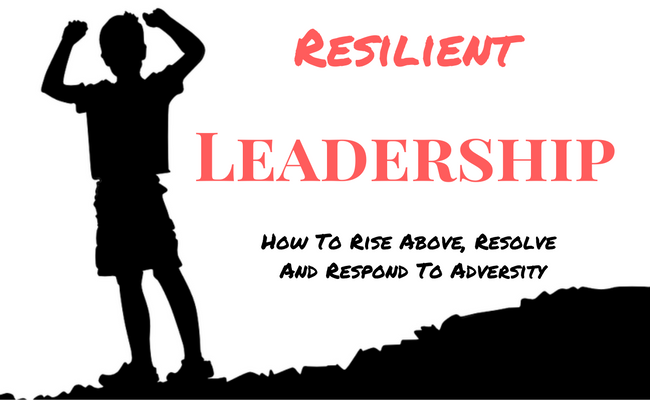
The Coronavirus (COVID-19) is impacting every aspect of life and business at unprecedented levels. Thousands of people have died, many hundreds of thousands have contracted the virus and potentially millions may already have either been in contact with an infected person but have yet to be diagnosed. Individuals in all walks of life are seeking solutions. While the world waits for a vaccine and containment of the virus, there are solutions available to lead yourself through uncertain times. [Read more…] about The Coronavirus: Three Steps to Lead Yourself Through Uncertain Times




 A individual’s belief system cultivates either a positive or negative self-concept. Based on the internal lens we use to view ourselves, we attribute meaning to the terms “success” and “failure.” Self-concept goes beyond being placed under the “self-esteem” umbrella. Psychologist Albert Bandura says: “Self-efficacy is the belief in one’s capabilities to organize and execute the sources of action required to manage prospective situations.” In other words, if you believe in your capabilities to manage and overcome whatever life throws at you, you will find success in your life . . . however you choose to define “success”.
A individual’s belief system cultivates either a positive or negative self-concept. Based on the internal lens we use to view ourselves, we attribute meaning to the terms “success” and “failure.” Self-concept goes beyond being placed under the “self-esteem” umbrella. Psychologist Albert Bandura says: “Self-efficacy is the belief in one’s capabilities to organize and execute the sources of action required to manage prospective situations.” In other words, if you believe in your capabilities to manage and overcome whatever life throws at you, you will find success in your life . . . however you choose to define “success”.